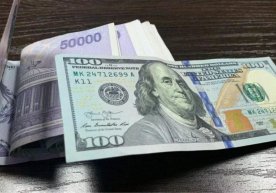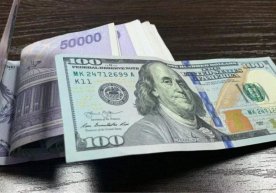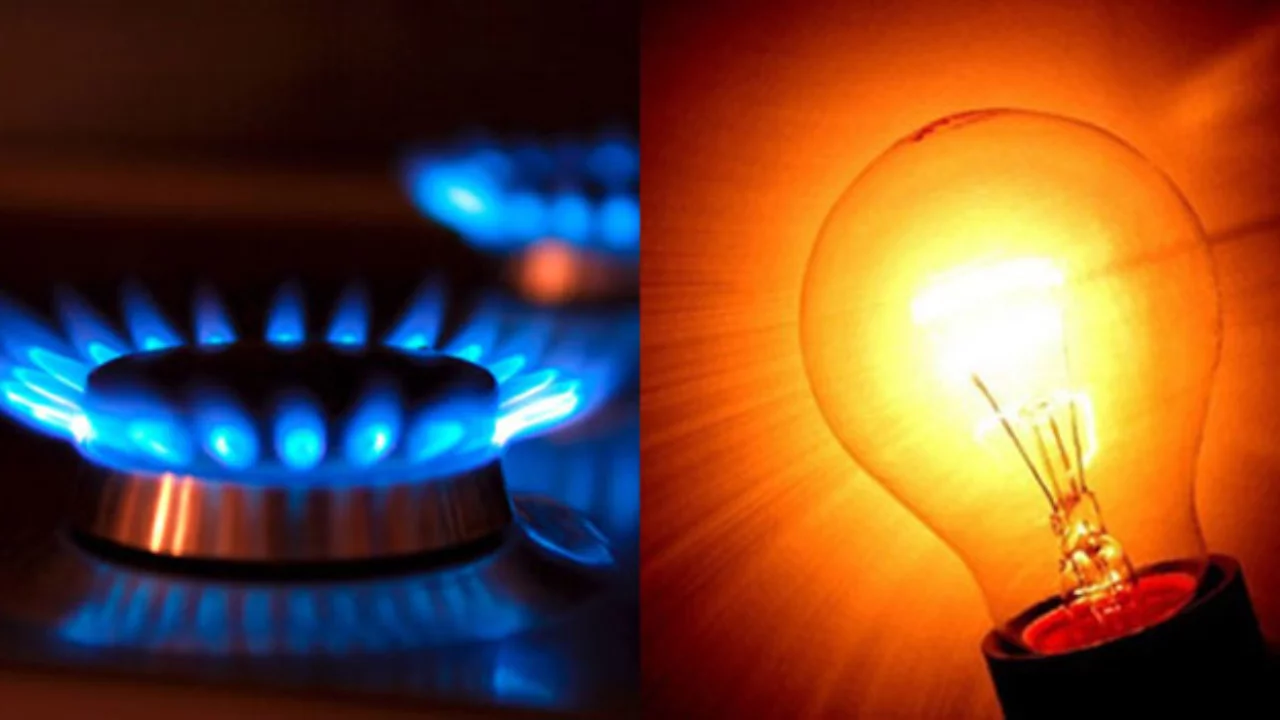
The new tariff policy implemented in Uzbekistan since May 2024 has led to significant changes in the public's attitude towards energy sources. A study conducted by the Center for Economic Research and Reforms clearly demonstrated the scale of these changes, their impact on household energy consumption, and the public's interest in energy saving.
The study covered more than 3,516,000 households from all regions of Uzbekistan, as well as analyzed data from 3.5 million natural gas and 8 million electricity subscribers across the country. This extensive study made it possible to comprehensively assess changes in the structure of energy consumption and the public's attitude to tariffs.
According to the results, electricity consumption in the period from May to December 2024 decreased by 10.6% compared to the same period last year. During this period, 1.3 billion kWh of electricity was saved across the country. The largest change was observed among households with high energy consumption. For example, the number of families consuming more than 10 thousand kWh of energy per month decreased from 80 thousand to 65 thousand.
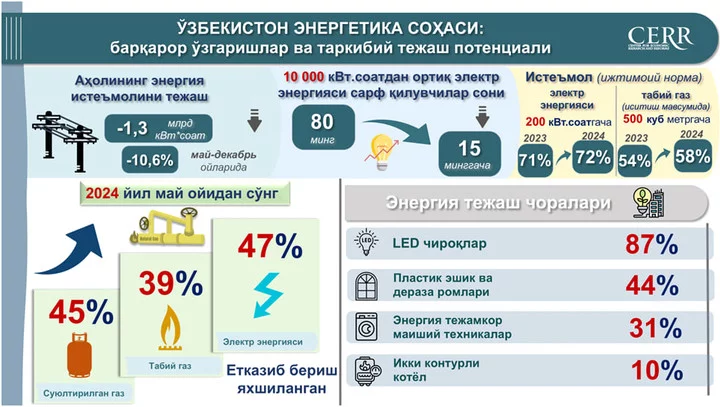
One of the notable aspects is that, despite the decrease in energy consumption, households continue to use electricity and natural gas for their basic needs. The share of subscribers consuming up to 200 kWh of electricity remained almost unchanged in 2024, reaching 72 percent, compared to 71 percent in 2023.
A similar trend was observed in natural gas consumption. The share of gas consumers up to 500 cubic meters was 54 percent in 2023, while in 2024 this figure reached 58 percent. In addition, the transition to energy efficiency was noticeable in regions with high consumption, including Samarkand, Tashkent, Andijan and Namangan.
Along with the decrease in energy consumption, the quality of supply is improving. According to the survey results, more than half of the population noted positive changes in the supply of electricity, natural and liquefied gas. In particular, electricity in Surkhandarya, Syrdarya and Namangan regions, and natural gas in Khorezm, Surkhandarya and Jizzakh regions, has improved significantly.
The study also showed that the majority of households are actively implementing energy saving measures. In particular, more than 90 percent of the population reported using various methods to save energy. The most popular measure was the transition to LED lighting, which was used by more than 90 percent of households in Karakalpakstan, Khorezm, and Navoi regions.
Energy saving through the installation of plastic windows and doors has also become quite widespread. The highest indicators in this regard were recorded in Kashkadarya (84 percent), Bukhara (69 percent), and Khorezm (54 percent) regions. The purchase of energy-efficient household appliances is also becoming more popular among the population.
Interest in alternative sources such as solar energy has increased, and solar panels with a capacity of 223.4 MW/h have been installed in 64 thousand households in the republic. This has allowed for the production of 313 million kWh of energy and the saving of 104 million cubic meters of gas.
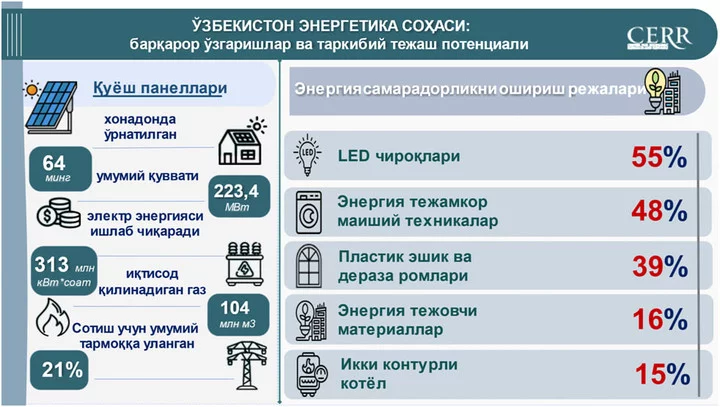
The results of the analysis show that the demand for installing solar panels is growing further, and 1.9 million households want to install solar panels. This opens up the prospect of a domestic market worth $ 2.3 billion.
At the same time, the population still uses low-efficiency heating systems. This indicates the need to modernize the housing infrastructure and accelerate the transition to modern energy-saving technologies. Read “Zamin” on Telegram!
Ctrl
Enter
Found a mistake?
Select the phrase and press Ctrl+Enter Related news
Information
Users of Меҳмон are not allowed to comment this publication.
Users of Меҳмон are not allowed to comment this publication.







